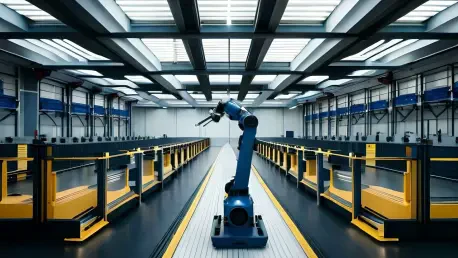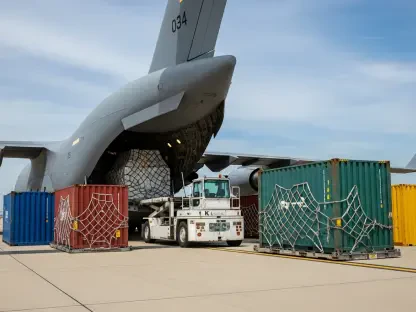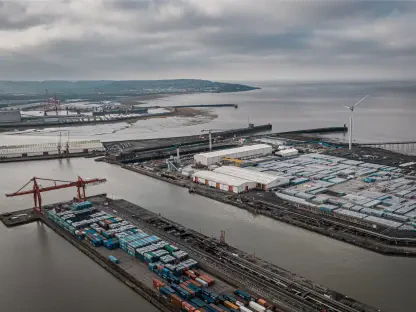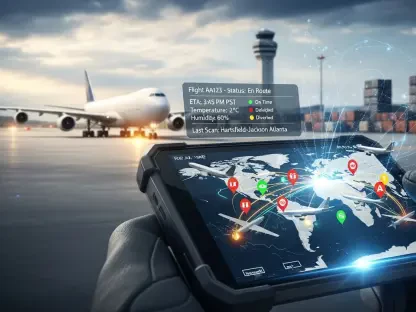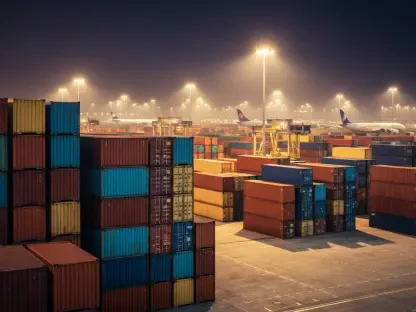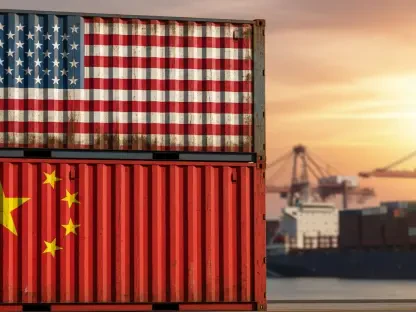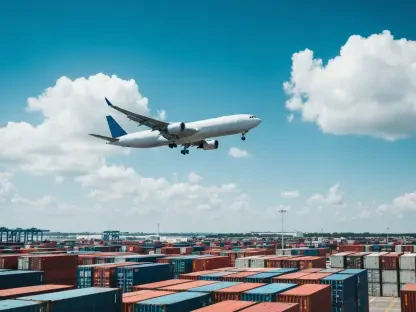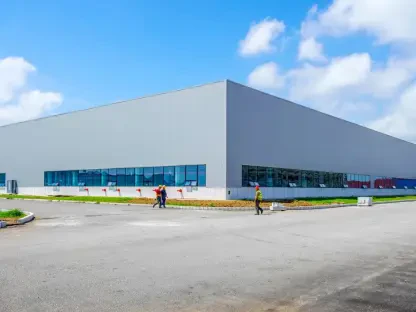Amazon’s latest innovation in robotics, known as Vulcan, aims to transform warehouse operations with unprecedented efficiency. This robotic system made its grand debut in Dortmund, Germany, showcasing its ability to mimic and perform tasks with human-like precision in the realm of stowing and picking goods. Designed to revolutionize the industry, Vulcan has set its sights on speeding up these processes significantly, thereby increasing productivity for Amazon’s sprawling logistics network. With this release, Amazon has taken a bold step forward in its quest to balance robotic capabilities with human dexterity, hoping to bridge the gap in areas where human strength has traditionally surpassed machine performance.
Vulcan’s Cutting-Edge Technology
The Role of Vulcan in Stowing Operations
Vulcan’s introduction to Amazon’s warehouse fleet highlights Amazon’s commitment to integrating advanced robotic systems capable of executing fine-tuned adjustments akin to human touch. This development primarily targets the stowing processes, whereby goods are systematically stored within Amazon’s inventory. Vulcan has been engineered to handle 80% of stowing tasks, with a remarkable efficiency of 300 items per hour, operating across 20 hours daily. These organizational feats are achieved through Vulcan’s intricate algorithms, which allow it to manage vast amounts of data and learn from continuous warehouse interactions. The system aims to streamline inventory management, setting new benchmarks in speed and reliability, surpassing average human stowers by a slight margin.
Bridging the Dexterity Gap
While Vulcan displays impressive logistical proficiency, a nuanced challenge remains in replicating human dexterity and spatial creativity in robotics. The task of densely packing items within limited spaces, once likened to playing a complex game of Tetris, has been a stronghold of skilled human stowers. Vulcan makes strides toward closing this gap through enhanced machine learning and algorithms. Drawing from extensive operational experience garnered over the past year from warehouses in Germany and Washington State, Vulcan continuously adapts and evolves, striving to match the keen spatial manipulation and adaptability demonstrated by humans. It’s this ongoing development that positions Vulcan as a key contender in achieving a seamless integration of robotic efficiency and human creative problem-solving.
Human and Robot Dynamics
Strengths in Planning and Analysis
In the realm of warehouse logistics, Vulcan’s strengths lie primarily in its capacity for advanced planning and data analysis. It efficiently utilizes warehouse space through the optimization of item and bin organization, thanks to its robust algorithmic capabilities and data access. Robots like Vulcan excel in these areas, processing vast quantities of information rapidly to enhance operational flow. However, the finesse of human touch remains unmatched in instances that require intuitive decision-making for item placement in crowded spaces, especially within urban environments where spatial constraints pose significant challenges.
Overcoming Initial Limitations
Despite Vulcan’s initial limitations in matching human dexterity, progress is accelerating as the system learns and refines its operations. By leveraging data accumulated from various warehouse environments, Vulcan continues to evolve its functionality, enhancing accuracy and efficiency in stowing tasks. Through systematic updates and refined programming, Vulcan is gradually overcoming its struggle with dense packing, showing promise in eventually rivaling the most proficient human stowers. The relentless pursuit of enhanced capabilities reflects Amazon’s unwavering dedication to fostering an advanced, high-performing warehouse ecosystem, where robots may precisely complement human efforts in productivity.
Looking Forward
Future Implications and Potential Advancements
As Vulcan continues its journey of development, the possibilities for future advancements within Amazon’s logistical operations are significant. The transformation of warehouse processes through robotic innovation like Vulcan could stimulate cost-effective, scalable solutions across the industry, redefining supply chain management. As Vulcan refines its capabilities, the prospect of achieving a harmonious balance between robotic precision and human creativity becomes more attainable, essentially paving the way for an era where robots can replace repetitive human tasks, allowing humans to focus on creative and strategic endeavors.
The Evolution of Warehouse Robotics
Amazon has introduced its latest advancement in robotics, known as Vulcan, aiming to revolutionize warehouse operations with unparalleled efficiency. Debuting in Dortmund, Germany, this innovative system demonstrates impressive capabilities, replicating and executing tasks with human-like accuracy specifically in stowing and picking goods. Vulcan is engineered to dramatically expedite these processes, thereby boosting productivity across Amazon’s extensive logistics network. This development marks a significant stride in Amazon’s ongoing effort to reconcile robotic precision with human agility, aspiring to close the gap in areas where human strengths traditionally surpassed those of machines. Vulcan is set to redefine traditional warehouse practices, enhancing efficiency and effectiveness. This move reflects Amazon’s commitment to evolving its operations through automation while exploring new ways to integrate human and machine efforts, optimizing logistics and paving the way for a futuristic warehouse environment.
